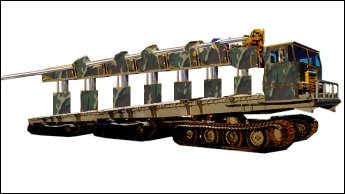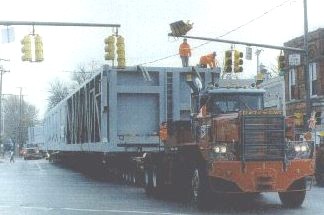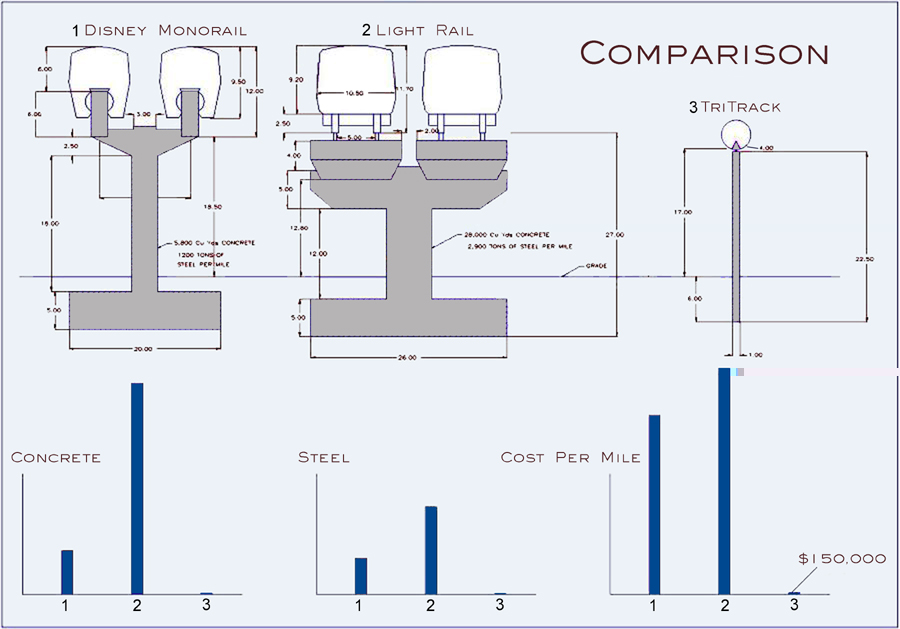TriTrack Guideway
Cost of Guideway

The TriTrack guideway is a vital portion of the TriTrack system, and
needs to be in place for the cars to be very practical. A guideway
building machine called the TriTracker has been developed that will
be able to create new guideway at 3mph. This is very fast, and a
grid for the city of Austin could be installed in just a few months.
The guideway is not expensive to build either. It will cost
approximately $150,000 per mile, compared to at least 10 times that
much for highway lanes. In addition, the capacity of one lane of
TriTrack guideway is over 9,000 people, equivalent to 3-4 highway
lanes. This further reduces the cost per equivalent mile.
 We can keep the costs so low because the guideway is not over-designed
for its purpose. Picture a highway. The highway has to be
big enough to transport the population to work at peak commute times,
and it also has to be strong enough to carry 18-wheelers. Because we
only allow TriTrack cars on the guideway, it only has to be strong
enough to carry those cars. The result is a dramatic reduction in
materials. Combine this reduced cost of materials with reduced labor
costs, and the cost per mile quickly drops.
We can keep the costs so low because the guideway is not over-designed
for its purpose. Picture a highway. The highway has to be
big enough to transport the population to work at peak commute times,
and it also has to be strong enough to carry 18-wheelers. Because we
only allow TriTrack cars on the guideway, it only has to be strong
enough to carry those cars. The result is a dramatic reduction in
materials. Combine this reduced cost of materials with reduced labor
costs, and the cost per mile quickly drops.
Once roads have been built, they have to be maintained. Road maintenance
is where the majority of transportations budgets go. Of course, the
TriTrack is not immune to this issue, but it does have some
advantages over asphalt.
Because the guideway is so inexpensive to build with the TriTracker, rather
than try to fix a worn-out guideway, it can just be replaced. The
primary cost of building guideway comes from the cost of raw
materials, and these materials are easily recycled. The outer
aluminum can be melted down and re-extruded, the center concrete can
be crushed into new aggregate, and even the reinforcing steel can be
recycled.
An Arkansas extruder
has tendered a quote for the outer aluminum portion of the guideway
at small prototype volumes. The cost for the initial track section
is $54.25 per foot ($290,000 per mile). In mass production, the cost
should be just ¼ or less of this initial number. Even at
prototype prices, it is easy to see the tremendous savings to the
taxpayer.

| 